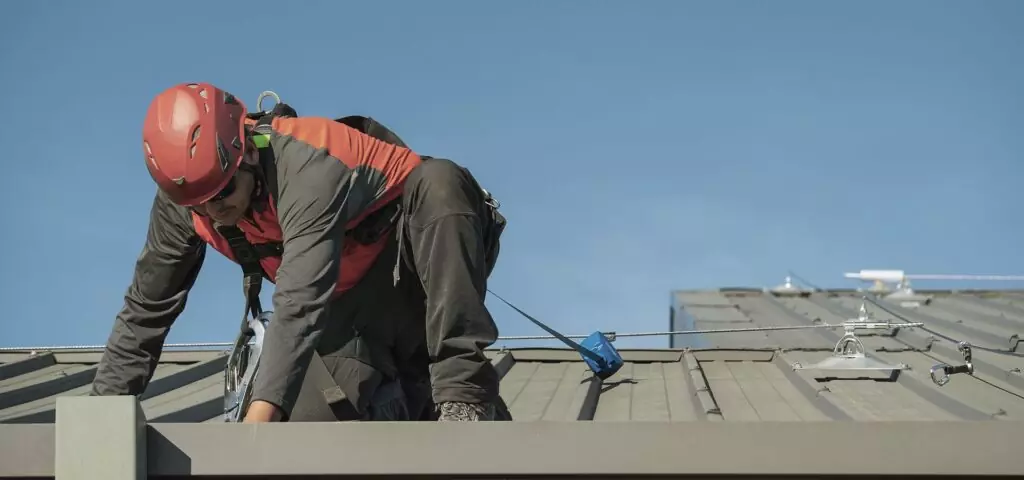Ensuring the safety of workers at heights is paramount in various industries. Fall arrest lifeline systems play a crucial role in preventing serious injuries and fatalities caused by falls. In the Philippine market, selecting the right fall arrest system is essential for compliance with safety standards and maintaining a secure work environment. This blog provides expert recommendations for fall arrest lifeline solutions tailored to the specific needs of the Philippine market.
Understanding Fall Arrest Lifeline Systems
Fall arrest lifeline systems are designed to protect workers from falls by providing a reliable means to arrest a fall and prevent serious injury. These systems are categorized into four main types: Horizontal, Vertical, Overhead, and Rail-Type Lifelines. Each type serves a unique purpose and is suited for different work environments. Key factors to consider include the system’s durability, ease of installation, and compliance with safety regulations.
The Importance of Compliance and Safety Standards
Compliance with local and international safety standards is critical for ensuring the effectiveness and legality of fall arrest systems. In the Philippines, adherence to safety regulations such as the Occupational Safety and Health Standards (OSHS) is mandatory. International standards, such as EN 795:2012, also provide guidelines for fall protection systems. These regulations ensure that the lifeline systems offer reliable fall protection and meet safety requirements.
Horizontal Lifeline Systems: Key Recommendations
Applications: Horizontal lifeline systems are ideal for large work areas where workers need to move horizontally while remaining connected to the lifeline. They are commonly used on rooftops, construction sites, and industrial facilities.
Expert Tips:
Durable Materials: Choose lifelines made from high-quality materials that can withstand environmental stresses and prolonged use.
Proper Installation: Ensure that horizontal lifelines are installed by qualified professionals and regularly inspected for maintenance.
Recommended Products: Leading horizontal lifeline systems available in the Philippine market include those offering robust construction and easy installation features. Look for systems that meet both local and international safety standards.
Vertical Lifeline Systems: Expert Insights
Applications: Vertical lifeline systems are essential for tasks involving climbing, descending, or work at heights. They are frequently used in telecommunications, construction, wind energy, and confined spaces.
Expert Tips:
Connectors and Anchorage Points: Select high-quality connectors and anchorage points to ensure reliable fall protection during vertical movements.
Effective Fall Protection: Verify that the vertical lifeline system provides consistent protection throughout the ascent or descent.
Recommended Products: Opt for vertical lifeline systems that offer robust performance and comply with safety standards. Reliable systems will include well-tested connectors and secure anchorage points.
Overhead Lifeline Systems: What to Look For
Applications: Overhead lifelines are installed above the worker, making them suitable for environments where workers need to move freely underneath. Common applications include manufacturing facilities, warehouses, and assembly lines.
Expert Tips:
Freedom of Movement: Ensure that the overhead lifeline allows workers to move efficiently while remaining securely attached.
Installation Considerations: Proper installation is crucial for the effectiveness of overhead lifelines. Ensure they are securely anchored to appropriate structures.
Recommended Products: Look for overhead lifeline systems that offer flexibility and ease of movement. Systems with robust safety features and reliable installation options are ideal.
Rail-Type Lifeline Systems: Features and Benefits
Overview: Rail-type lifeline systems, manufactured in Europe, comply with EN 795:2012 Class D standards. They are designed for both fall arrest and abseiling purposes and are constructed from aluminum alloy with an anodized finish.
Expert Tips:
Marine Environment Resistance: Choose rail-type lifelines that resist corrosion and environmental damage, especially in marine settings.
Electrolytic Corrosion Prevention: Ensure the anodized treatment effectively prevents electrolytic corrosion between the rail and steel framework.
Recommended Products: Rail-type lifelines with European certification and high-quality materials are preferred. They offer durability and reliability for various fall arrest and abseiling applications.
Customization and Quality Assurance
Tailoring fall arrest lifeline solution in the philippines to specific work environments enhances safety and effectiveness. Ensure that the systems you choose are customized to meet the unique requirements of your workplace. Quality assurance involves selecting reputable suppliers and manufacturers who offer reliable products and excellent service.
Takeaway
Selecting the right fall arrest lifeline system is crucial for ensuring worker safety and regulatory compliance. By considering factors such as system type, material durability, compliance with safety standards, and customization, you can make informed decisions that enhance workplace safety. Prioritize expert recommendations and invest in reliable fall arrest solutions to protect your workforce effectively.




